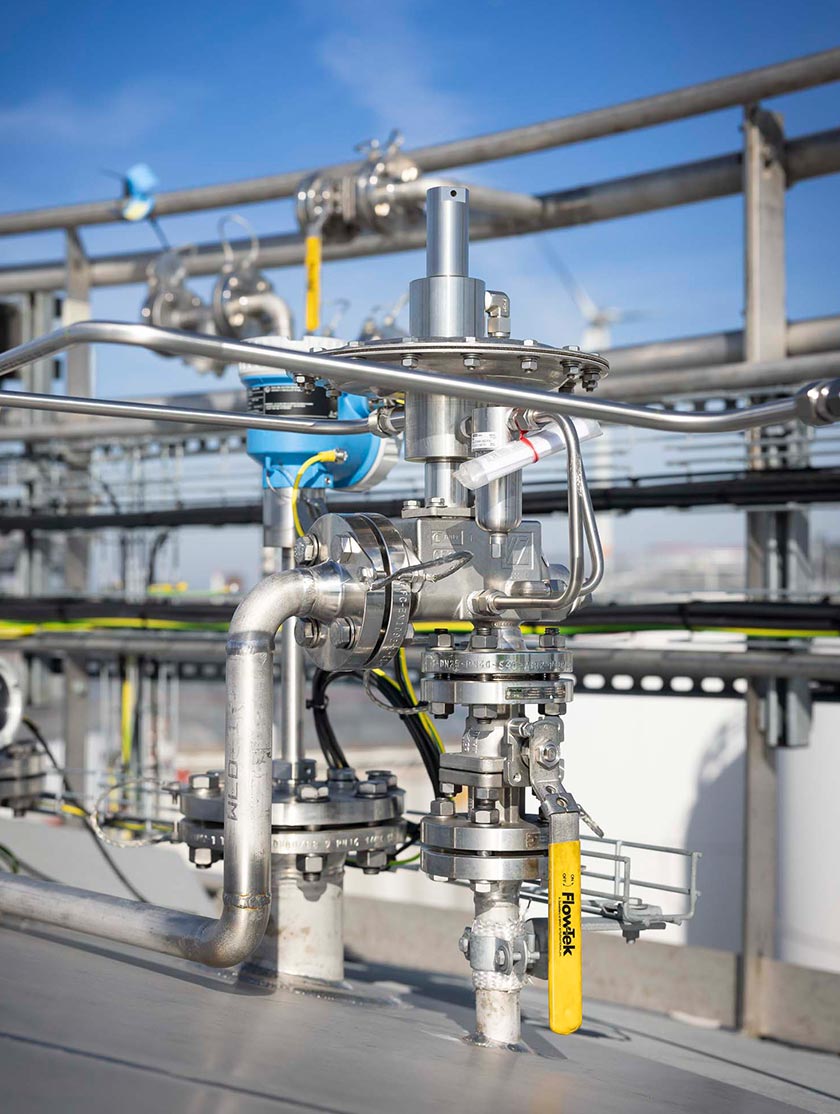How Pressure Reducing Regulators Protect Residential Plumbing
How are Pressure Reducers Used in Residential Water Distribution Systems?
In residential water distribution systems, maintaining optimal water pressure is critical to the safety, efficiency, and longevity of the water supply and wastewater infrastructure. One of the primary components used to achieve this is the pressure reducing regulator (also referred to as pressure regulator). This article discusses how pressure reducers work and their critical role in managing water pressure in residential buildings.
What is a Pressure Reducing Regulator?
A pressure reducing regulator is a mechanical device installed in a water main that automatically reduces the high pressure of incoming water from a municipal water supply or well system to a lower, more controlled level before distributing the water throughout the home. It ensures a constant outlet pressure regardless of fluctuations or surges in the incoming line pressure.
The Importance of Pressure Regulation in Residential Systems
Municipal water mains often deliver water at pressures that exceed the tolerances of home plumbing fixtures and appliances. Pressures above 80 psi (80 psig) can cause serious problems if the pressure is too high to reach the intended destination. Excessive pressure can result in:
- Damage to stress pipes and potential rupture
- Leaks in service lines
- Premature wear of appliances such as water heaters, dishwashers, and washing machines
- Excessive water flow from faucets and valves
So, pressure regulation not only protects the plumbing infrastructure, but it also increases water conservation and reduces maintenance costs.
How Pressure Reducing Regulators Are Used
- Installation Location
A pressure reducing regulator is typically installed at the point where water enters the property, often just downstream of the main shut-off valve. This strategic placement provides pressure control before the water enters the home distribution system. - Adjusting the Pressure Set Point
Most residential pressure reducing regulators allow the pressure setting to be adjusted downward. Technicians can calibrate the regulator to maintain the desired pressure, typically between 40 and 60 psi, which is ideal for residential plumbing systems. - Automatic Pressure Control
Inside the pressure reducing regulator, a diaphragm or piston mechanism responds to changes in pressure. As inlet pressure increases, the regulator restricts flow to maintain a constant outlet pressure. Conversely, as inlet pressure decreases, the valve opens wider, providing ample water flow without excess pressure. - Protect Plumbing Components
By stabilizing pressure, pressure reducing regulators prevent “water hammer” effects and pressure surges that can damage pipes and fittings over time. This extends the life of plumbing fixtures and reduces the risk of leaks and cracks. - Improving Meter Accuracy
Lower, more consistent pressure levels can improve the accuracy and lifespan of water meters, since extreme pressures can distort readings or cause premature meter failure.
Additional Considerations
- Bypass and Maintenance: Many systems include a bypass valve near the pressure reducing regulator, allowing maintenance to be performed without interrupting the water supply.
- Relief Valves: In some installations, a relief valve works with the pressure reducing regulator, providing an additional safety feature in the event of regulator failure.
- Code Compliance: Proper installation and maintenance of pressure reducing regulators ensures compliance with local plumbing codes and standards.
Summary Table: Typical Pressure Settings vs. Effects
| Pressure Range (psi) | Typical Effects | Recommended Action |
|---|---|---|
| Above 80 | Risk of pipe damage, leaks, appliance wear | Install or adjust pressure reducing regulator to lower output |
| 40 – 60 | Optimal pressure for residential systems | Maintain with properly calibrated pressure reducing regulator |
| Below 40 | Low water flow, inadequate pressure for fixtures | Check system for blockages or incorrect regulator settings |
Conclusion
Pressure reducing regulators are important devices in a home’s water distribution systems that protect the plumbing infrastructure by providing controlled, consistent water pressure. When used properly, they not only extend the life of pipes and fixtures, but also contribute to water conservation and cost savings for homeowners. For any home water system, installing a pressure reducing regulator is a smart and often necessary investment to ensure an efficient and reliable water supply.
Ensure system reliability and avoid downtime with the right pressure reducing regulator. Cashco offers dependable models and expert support.
Explore all models here or complete the Regulator Sizing Form for fast and accurate guidance.
Visualize How A Pressure Reducing Regulator Operates
This animation helps you better understand internal components like the diaphragm and valve—useful for identifying potential performance issues.





